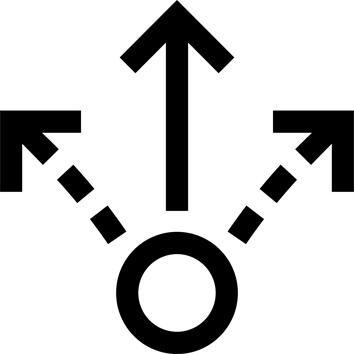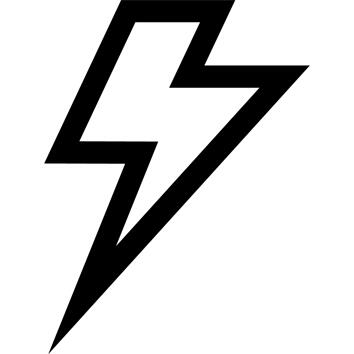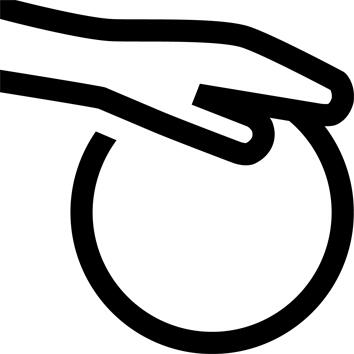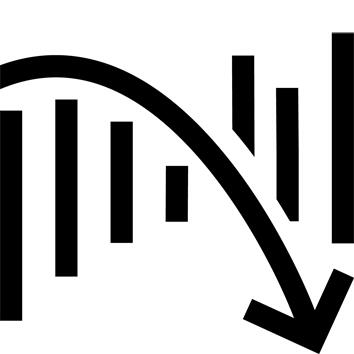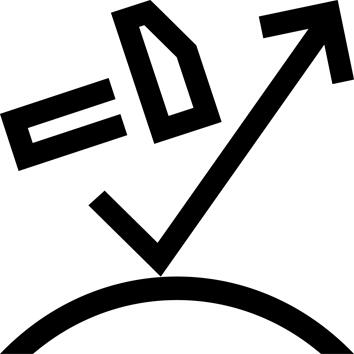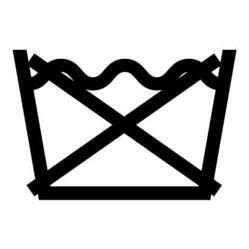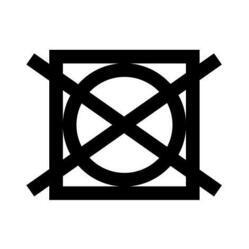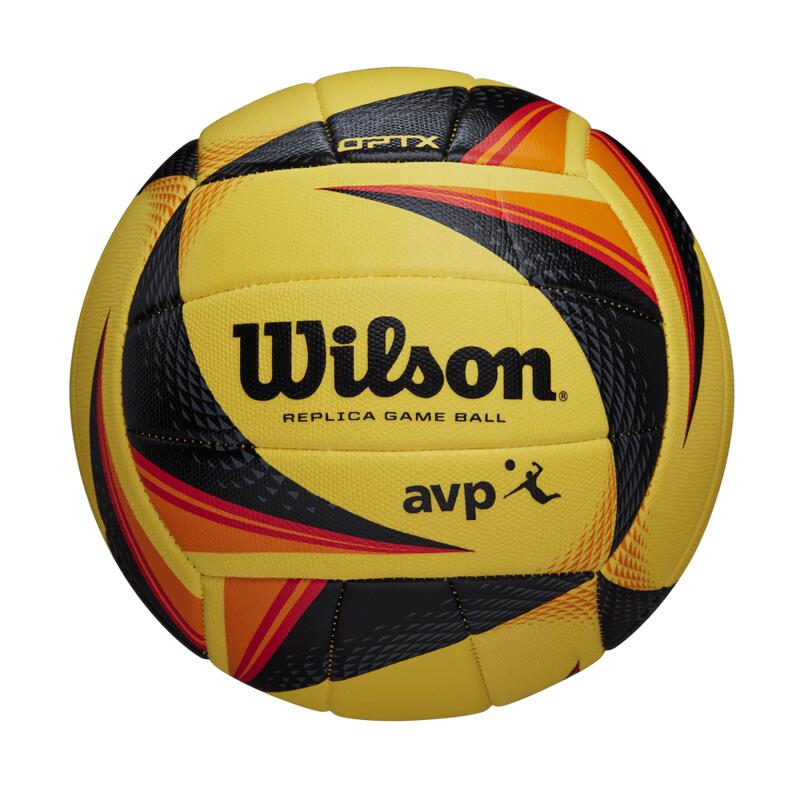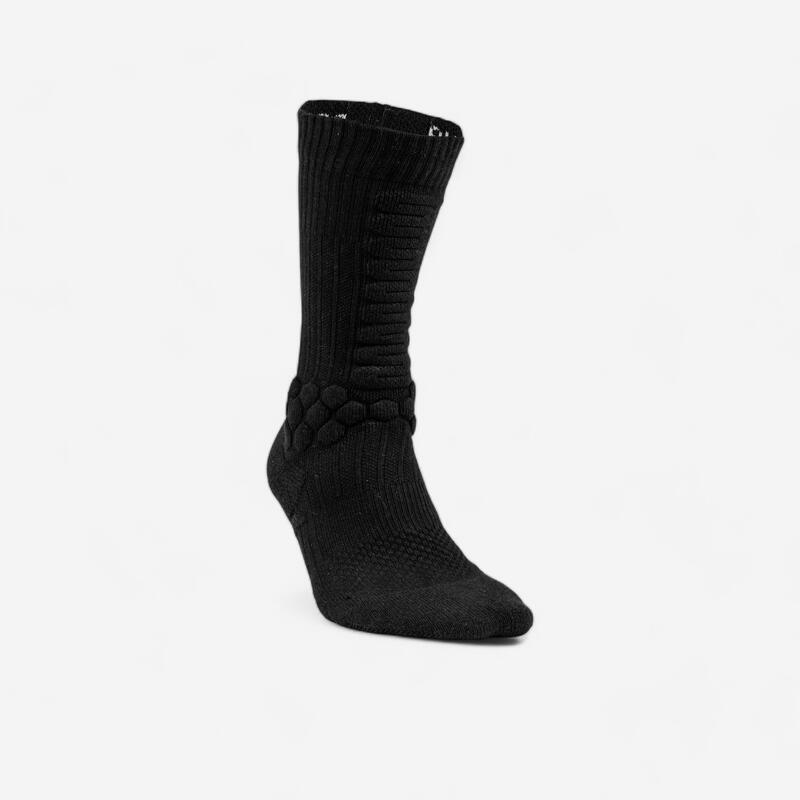Composition
100% fiberglass
Curvature and weight
Mid bow 24mm/300mm; weight: 480g +/- 10g in 35" size
Detailed product description
Fiberglass 1080 tex. Hollow two-channel structure. Standard 45° head for easy handling. 1.8mm thick polyurethane (PU) grip.
Approved by our athletes
Laura Nunnink [Dutch national team player,European champion in 2017,2019 and 2021,Olympic vice-champion in Rio,2020 Olympic champion and player for HC Den Bosch (Netherlands)],Jill Boon [ex-captain and 302 caps for the Belgian national team,Olympian (London 2012),player for Royal Racing Club de Bruxelles (Belgium)];Berta Bonastre [ex-player with the Spanish national team,2018 World Cup and 2019 European Championship bronze medallist,Olympian (Rio 2016 - Tokyo 2020)
Approved by our athletes (continued)
and player of La Gantoise (Belgium)], Victor Wegnez [Belgian national team player, 2018 world champion, 2019 European champion, 2020 Olympic champion, player of Racing Club de Bruxelles (Belgium)], Thomas Briels [former captain of the Belgian national team, four-time Olympian (Beijing 2008, London 2012, Rio 2016, Tokyo 2020), Olympic vice-champion in Rio and Olympic champion in Tokyo, 2018 world champion, 2019 European champion, captain of Oranje-Rood (Netherlands)],
Approved by our athletes (continued)
Terrance Pieters [Dutch national team player and Kampong (Netherlands) player], Victor Charlet [French team captain, Waterloo Ducks (Belgium) player, World Cup 2018, 2023] and Mattéo Desgouillons [French team player, La Gantoise (Belgium) player, World Cup 2023].
What materials is a stick made of?
Historically made from wood (ash, mulberry), most sticks (especially the more technical ones) are now made from composite materials (fiberglass, carbon fiber and aramid fiber; NB Kevlar is the brand name for a type of aramid). You'll find sticks made of 100% wood, wood with fiberglass and sometimes carbon reinforcements, 100% fiberglass, fiberglass with an increasingly high percentage of carbon.
What materials is a stick made of? (continued)
(often with 5-10% aramid when carbon % is very high)
For what qualities of use?
Fiberglass is harder, stiffer, lighter and more abrasion-resistant than wood. You'll get more power, but less control, a feeling of greater hardness. Carbon is even lighter and stiffer, providing even more power and even less control if the level of technical mastery is not sufficient. Aramid is used in addition to carbon, in the shaft to dampen vibrations and/or in the heel for its high resistance to abrasion.
How is a composite stick made?
A composite stick is composed of several sheets of fiber wrapped around an empty core, itself organized into one or more longitudinal cavities. The mix of components, the number of fiber layers and the structure of the hollow core vary from stick to stick and from part to part. In the end, therefore, the mere indication of % carbon gives very little information about the stick's qualities in use.
Which composition to choose?
Beginners will prefer wood. As they learn, children will progress to fiberglass and then to a reasonable % carbon. Adult beginners can start directly with fiberglass. Confirmed and expert adults will choose the carbon content best suited to their playing style (desired balance between control and power).
What is stick curvature?
A field hockey stick is not straight, but has a "bow". Curvature is characterized by its maximum height (the maximum vertical space between a stick resting on a flat surface and that surface) and by the point at which this height is greatest, measured from the end of the head of the stick (called the point of maximum curvature).
What is stick curvature (continued)
Traditionally, a stick had a maximum bend height of around 15mm and a maximum bend point located halfway up the stick.
Types of curvature
A standard bow is defined as having a maximum bend height of 17 to 20mm and a maximum bend point of 300mm. A "mid bow" stick generally has a maximum bend height of 23 to 24mm and a maximum bend point at 300mm. For a "low bow" stick, it's usually 24 to 25mm and 250mm. For an "extra low bow" stick, 24 to 25mm and 200mm.
FIH standard for curvature
According to FIH standards, the maximum bending point of a field field hockey stick must be at least 200mm from the highest point of the stick head, and the maximum bending height is 25mm.
Which curvature to choose?
Beginners will opt for a standard bow stick. An advanced or expert player looking primarily to control the ball, pass or shoot, will choose a "mid bow" stick. An expert player who likes to dribble, play in 3D and have perfect control of the ball during fast movements, will choose a "low bow" stick. For "drag-flicks", choose an "extra low bow" stick.
How much does a stick weigh?
Most adult sticks (sizes 36.5"-37.5") weigh between 520 and 580g. A children's stick will weigh from 400g upwards. Note that there may be differences of 20 to 30g between sticks of the same model, due to the manufacturing process.
FIH standard for weight
According to FIH standards, the maximum weight of a field field hockey stick is 737g.
Why is balance important?
For the same weight, it's the distribution of mass in the stick that's decisive. The balance point is the stick's center of gravity, measured from the tip of the head. A balance point located more towards the neck will give an impression of lightness. This makes the stick easier to handle. A balance point located more towards the head (the weight is then said to be at the head) will give the impression of having more material in the hand. This increases the stick's power.
What weight/balance should I choose?
If you're looking for maneuverability, choose a light stick with a high balance point. If you're looking for power, choose a heavy stick with a low balance point.
Which size to choose?
Stick size is measured in inches ("). 1"=2.54cm. Children's sizes generally start at 24" and range up to 35". For a child, position the stick vertically, with the head on the ground, in front of the child who is standing upright. Choose a stick with the top of the handle level with the child's navel. For adults, the standard size is 36.5".
FIH standard for sizing
According to FIH standards, the maximum length of a field field hockey stick is 41" (105cm).
General council for the choice of a stick
The right stick for you is the one with the right combination of size, composition (and internal structure), curvature, weight and balance point.
Designer
This stick was co-designed by our product development team of passionate field hockey players (product managers, designers, engineers, model makers, stylists, prototyping and laboratory technicians, as well as our athletes such as Jill Boon, Berta Bonastre, Laura Nunnink, Manuela Urroz, Thomas Briels, Victor Wegnez, Terrance Pieters, Victor Charlet and Mattéo Desgouillons).
Designer (continued)
Players from our partner clubs and our community, R&D and industrial process specialists in composite materials from Decathlon and one of the world's two leading stick manufacturers.
Information
The information given here is that supplied by the manufacturer or verified by us on samples received from the manufacturer.
Product segmentation
Junior/confirmed/fiberglass/midbow
Sizes
30 | 31 | 32 | 33 | 34 | 35 |
